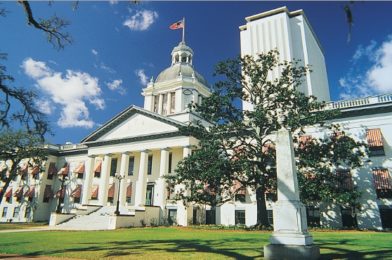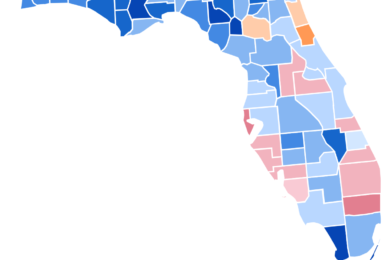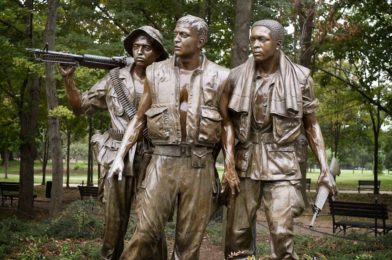As the Florida Legislative session winds down and it appears there will be no vote on the U.S. Sugar land deal, one wonders what our legislative delegation was doing in Tallahassee the past two months.
The hope was that State Sen. Joe Negron could use his political clout to get the money to buy 46,000 acres of U.S. Sugar land that would be used to divert polluted Lake Okeechobee water south instead of dumping it into the Indian River. Not only has Negron disappointed environmentalists statewide, and many of his own constituents, but during this session he also raised the ire of community college administrators. The Stuart Republican sponsored a bill that would put a cap on their four-year bachelor programs.
The Senate bill would limit the number of students enrolled in those programs to five percent of the community college’s total enrollment. At Indian River State College that means half of those attending classes for a bachelor’s degree would have to be cut. The proposed bill took most community colleges administrator by surprise, including IRSC President Edwin Massey. “He (Massey) thought Joe Negron was his friend,” a community leader told me. “He’s not happy at all about it at all.”
To add insult to injury, the initial proposal would have also forced IRSC and other community colleges with bachelor programs to be go back to being called community colleges, not state colleges.
And what was the reason for this?
Negron told the media that the bill was meant to limit the overlapping of the same programs in both four year universities and community colleges. Community colleges cried foul—saying that the four-year degrees reflected the needs of their regions. At IRSC, there are nearly 4,000 students enrolled in Bachelor degree programs, close to 10 percent of IRSC’s total student population. Community college administrators said that more than half of those enrolled in their four-year programs statewide work at full time jobs. Furthermore the state university’s enrollments increased 54 percent since community colleges began offering the four-year degrees, according to a statement from IRSC. The community college degrees “serve an entirely different market of students who previously were not able to pursue a Bachelor’s degree,” the statement says.
Along the Treasure Coast, that means students who couldn’t afford to go away to college, could still get a Bachelor’s degree while living at home. Older students working full time also were able to take advantage of the four year programs since IRSC was close to their jobs. A compromise on Negron’s bill was hammered out last week. Just changing the signs, logos and documents of the 16 state colleges back to community colleges would have cost millions of dollars. So thankfully, that part of the bill was dropped.
The caps on enrollment were also tweaked. Instead of the five percent cap, community colleges which now have more than 10 percent of its student body enrolled in bachelor’s programs can increase that enrollment by another five percent over three years. Those colleges with under five percent can increase that enrollment by 7 percent over three years.
So that watered down version of Negron’s bill probably meant were dozens of meetings, hundreds of phone calls and a lot of wrangling over a bill that many said was unnecessary. In the meantime, the one bill that Negron’s constituents wanted most has languished in the Senate and House. The high profile bill was pushed by both environmentalists statewide and Treasure Coast businesses that saw tourism dollars and real estate values decline because of the polluted river. There were rallies, editorials and letter writing campaigns. For goodness sake, Jimmy Buffett even sang about it on the capitol steps.
But short of an 11th hour miracle, there will be no money to buy the land at a reasonable price that was negotiated seven years ago. The deal goes off the table October 1 and U.S. Sugar will be able to jack the price as high as it wants.
With the amount of money U.S. Sugar spent on legislators’ campaigns in recent years, I am not surprised to see the company got what it wanted. This legislative session did give us one small consolation prize—at least IRSC’s baccalaureate programs will not be cut in half. And Ed Massey won’t be forced to change out all of the signs on those college buildings.




